This aircraft entered service in 1981 and continues to be one of the most capable air-to-air combat aircraft in the Russian Armed Forces. The West has dubbed it the “Super Foxbat” to distinguish it from its predecessor, the MiG-25 “Foxbat”.
These MiG-25s, although having superior speed and altitude, are limited in their ability to carry missiles or camera sensors.
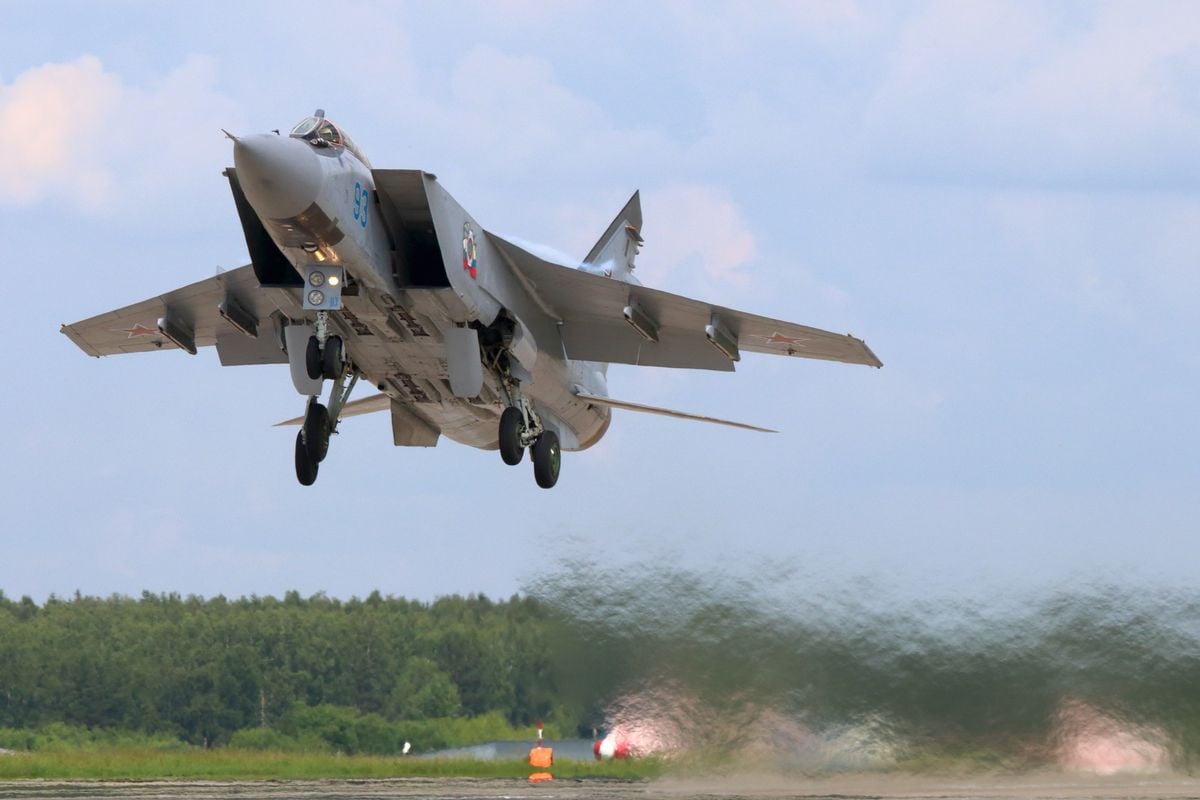
Meanwhile, the US and its allies have provided Kiev with a real-time picture of the battlefield and the movements of forces on the ground. Ukraine’s long-range strike capabilities have been significantly enhanced with reconnaissance flights from its Western partners.
Information from open source intelligence (OSINT) maps shows that reconnaissance flights increased sharply between March 20 and May 20.
"Fox hunting weasel"
The MiG-31 “Foxhound” is the world’s first fighter jet to use the Zaslon phased array radar. The sheer size and sophistication of this radar system gives the Russian fighter jet superior situational awareness compared to other fighters.
Until 2001, when Japan introduced the Mitsubishi F-2 with its advanced phased array radar, the MiG-31 held the distinction of being the only fighter in the world to possess this radar technology. Meanwhile, Washington adopted the new technology much later than Moscow.
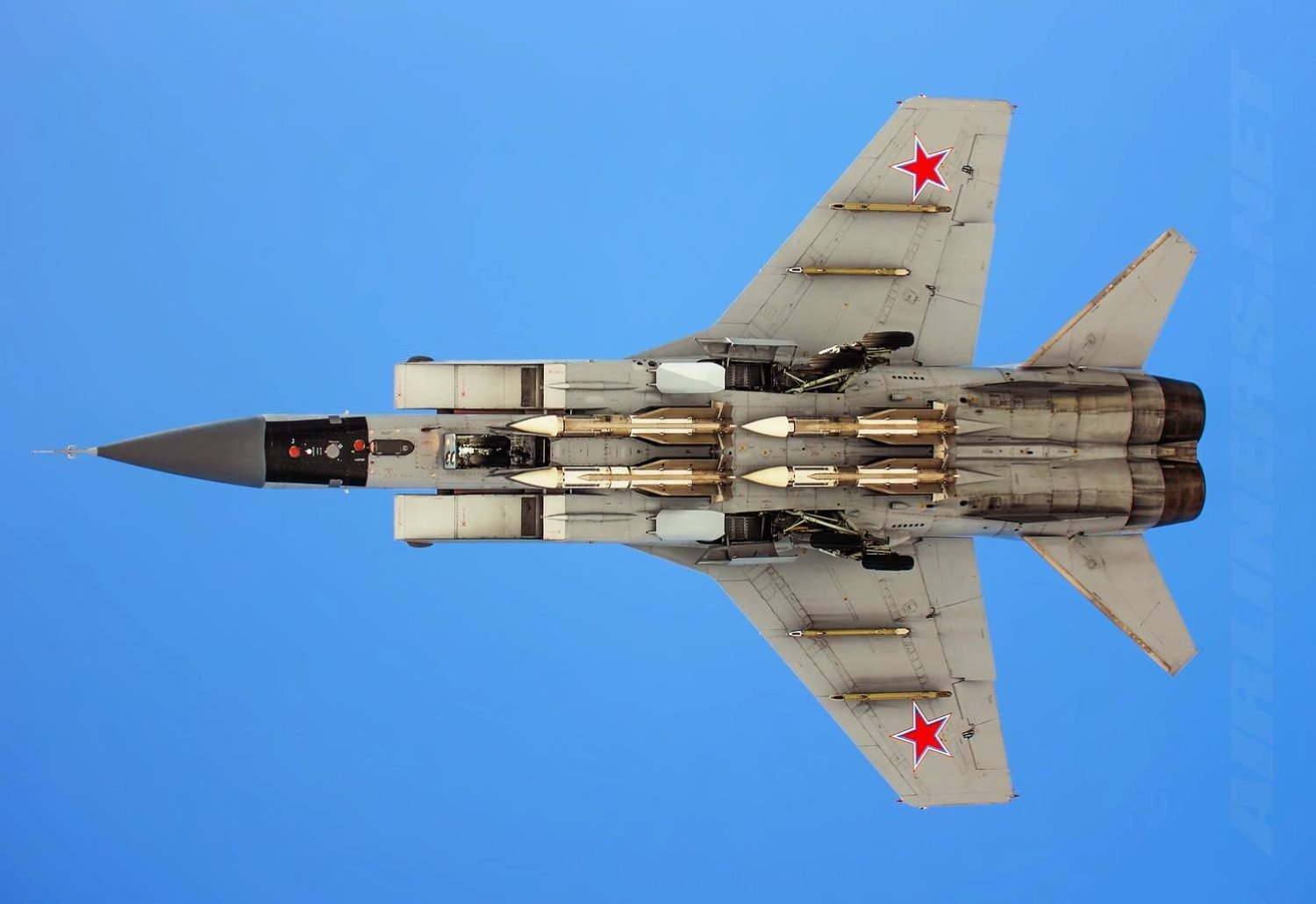
The latest variant MiG-31 BM is equipped with additional air-to-ground capabilities, in addition to an improved Zaslon-AM radar capable of detecting threats from a range of 320 km and simultaneously attacking eight airborne targets.
“Unlike the original variants, the MiG-31 BM can function as a small airborne early warning aircraft. It can act as an airborne command post and coordinate the operations of other fighters with weaker radars thanks to its powerful long-range radar and data links to create a multi-radar communications network,” an Indian Air Force official said.
The ability to fly at the edge of space (the boundary between the atmosphere and the exosphere) allows the MiG-31 to continuously monitor the enemy without interruption, and a speed of over Mach 2.8 gives them the ability to cover large territories in North and Central Asia.
The “hunting foxes” are expected to continue serving in the Russian military until 2040. This is also the model that Moscow deploys in the Arctic region because of their ability to operate on frozen runways.
“Some may say that in the age of satellites, there is no role for spy planes. However, satellites have a time limit and the number of times a satellite can be over a particular area. Whereas, an aircraft like the MiG-31 can give you real-time data,” the Indian Air Force expert revealed.
"Ghost" in the sky
The MiG-31 was also the first fighter jet capable of both looking down and shooting down targets flying below it. The aircraft's radar system could detect, track, and guide missiles to moving targets in the air below.
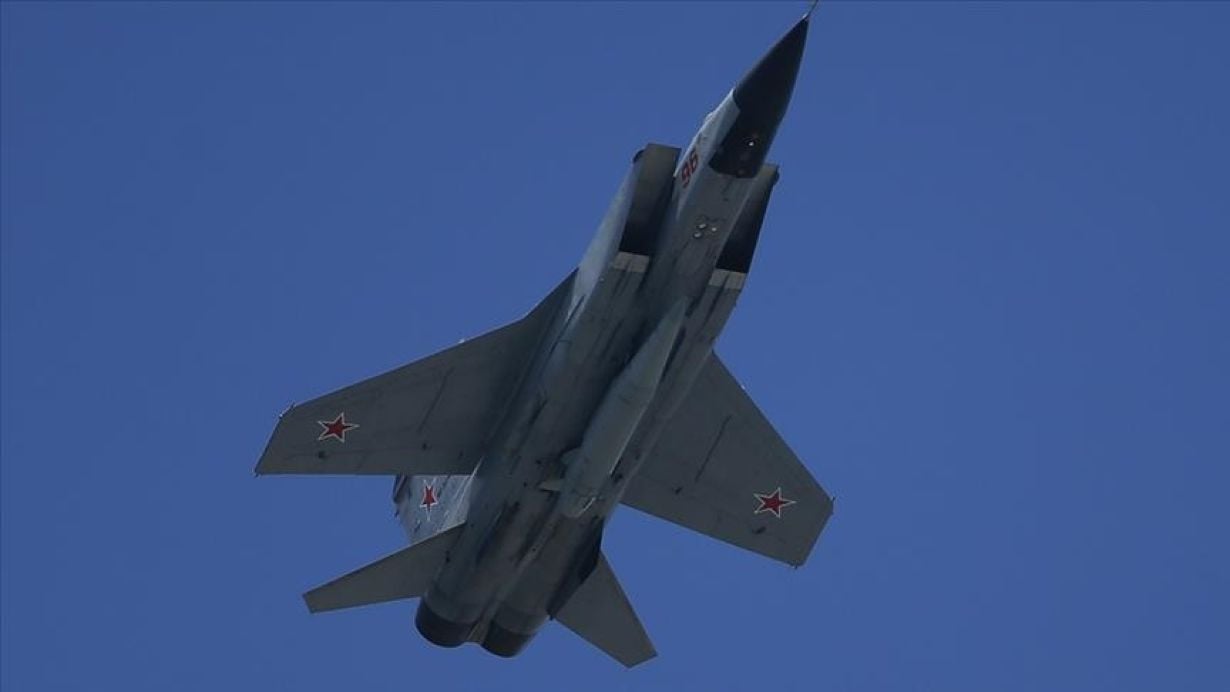
Although they entered service in 1981, these aircraft only saw combat for the first time in 2020. They also appeared in the current Russia-Ukraine conflict.
Observers say Russia has about 130 of these aircraft, while the Kazakhstan air force operates 20 others.
After stopping the MiG-31M project due to budget constraints, Russia upgraded the "predatory foxes" to the MiG-31B standard with Zaslon-M radar capable of simultaneously tracking 24 targets and attacking 6 targets at the same time with 33S air-to-air missiles.
The Foxhound is also the world’s heaviest fighter, weighing 10,000 kg more than the US F-22. A MiG-31 can fire R-37M missiles hundreds of miles into Ukraine while flying safely over Russian airspace, rendering Kiev forces helpless.
(According to EurAsian Times)
Source



![[Photo] Prime Minister Pham Minh Chinh receives Swedish Minister of International Development Cooperation and Foreign Trade](https://vphoto.vietnam.vn/thumb/1200x675/vietnam/resource/IMAGE/2025/5/12/ae50d0bb57584fd1bbe1cd77d9ad6d97)

![[Photo] Prime Minister Pham Minh Chinh starts construction of vital highway through Thai Binh and Nam Dinh](https://vphoto.vietnam.vn/thumb/1200x675/vietnam/resource/IMAGE/2025/5/12/52d98584ccea4c8dbf7c7f7484433af5)

![[Photo] Prime Minister Pham Minh Chinh works with the Standing Committee of Thai Binh Provincial Party Committee](https://vphoto.vietnam.vn/thumb/1200x675/vietnam/resource/IMAGE/2025/5/12/f514ab990c544e05a446f77bba59c7d1)
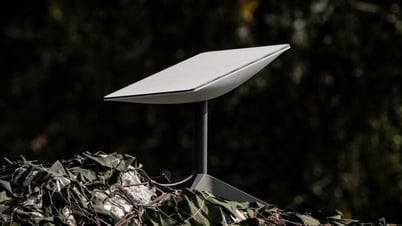







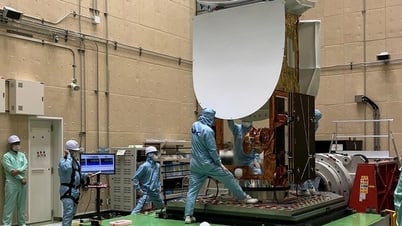





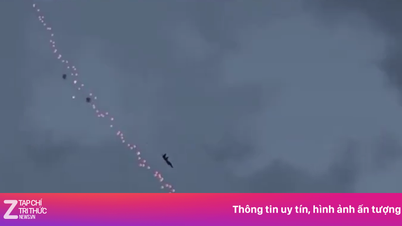










































































Comment (0)